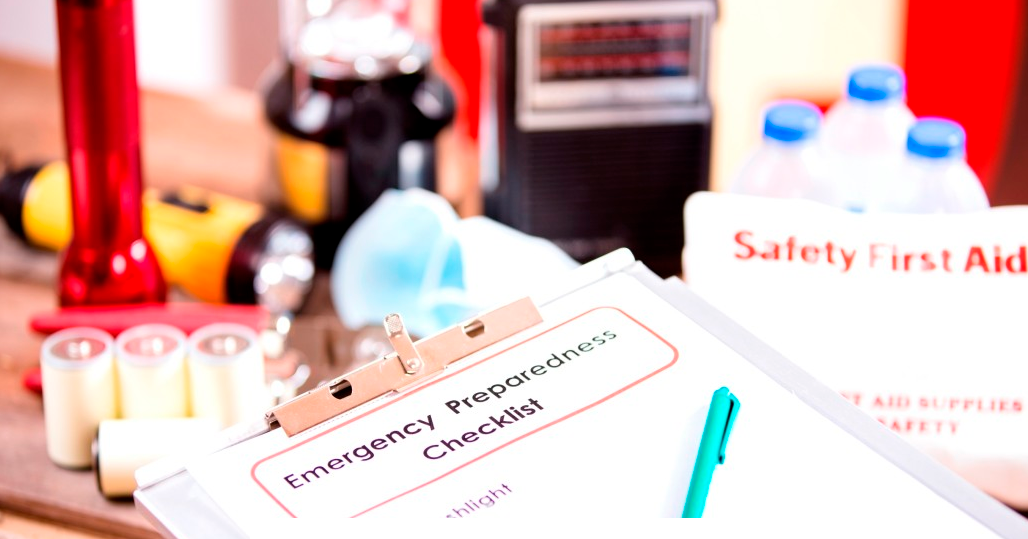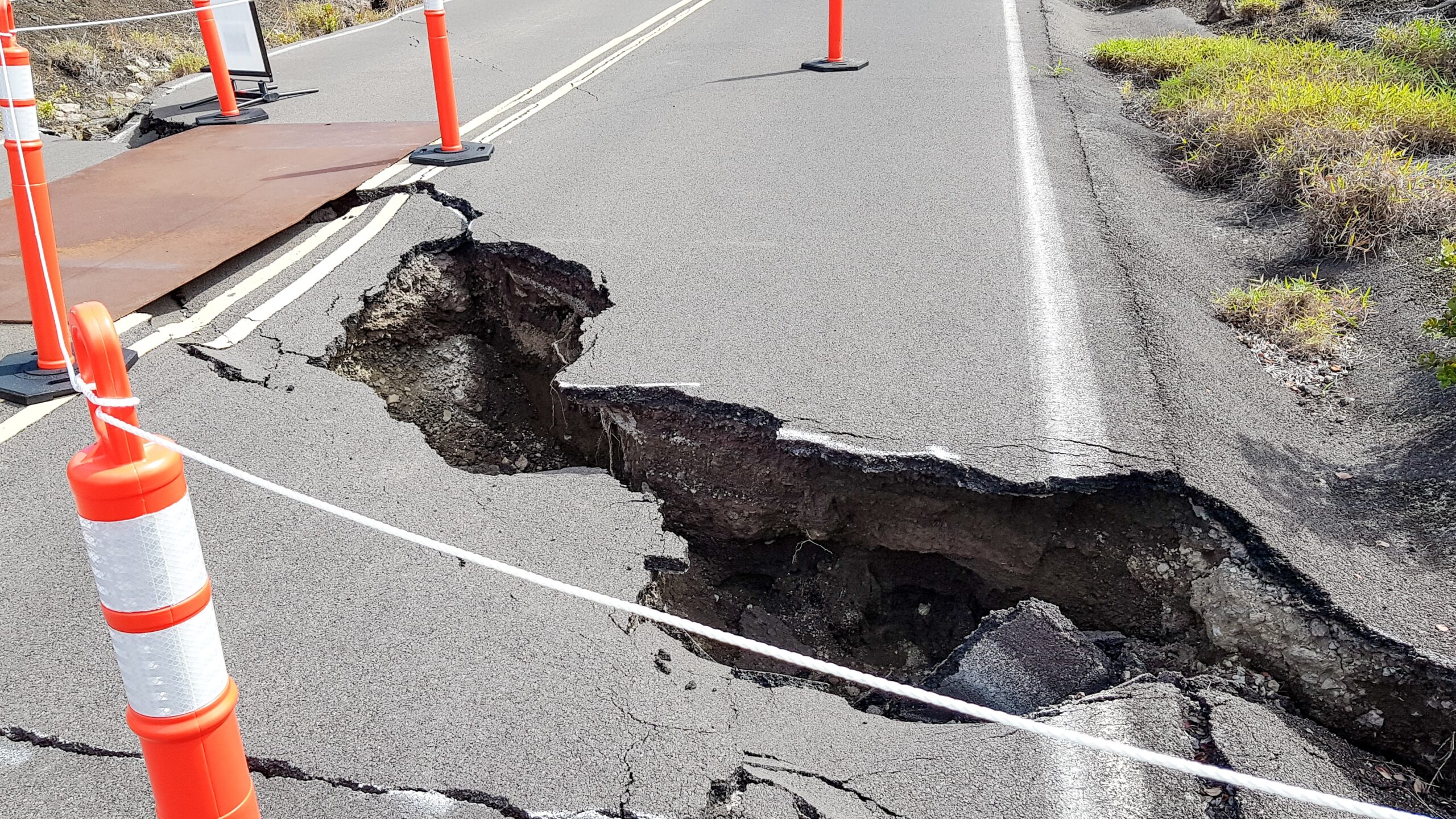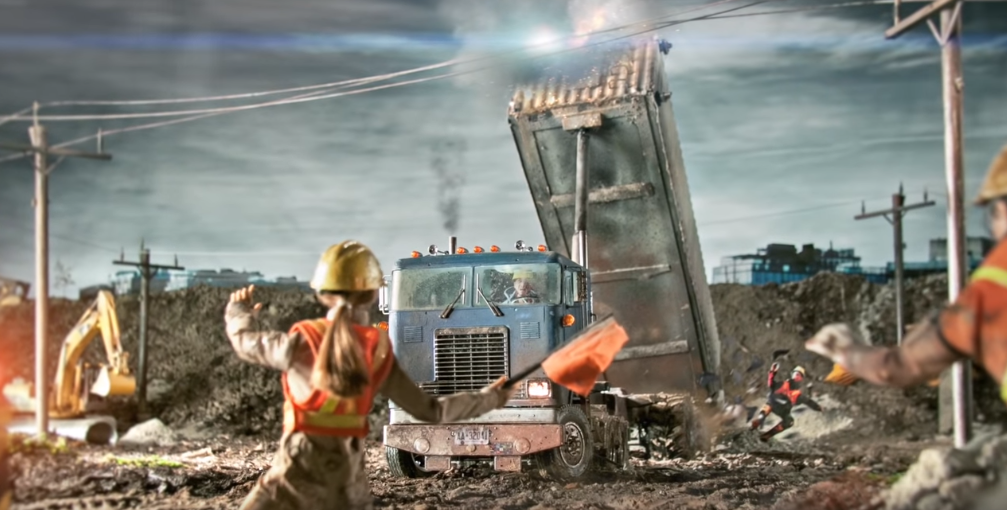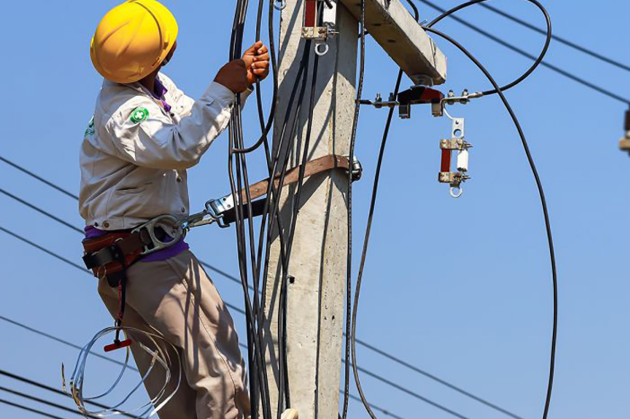-
Sale!

 The costs of substance abuse are high. Upon completion, the learner will be able to identify issues of substance abuse, signs and symptoms of substance abuse, best practices for internal reporting, and requirements for a Drug-Free Workplace program.
The costs of substance abuse are high. Upon completion, the learner will be able to identify issues of substance abuse, signs and symptoms of substance abuse, best practices for internal reporting, and requirements for a Drug-Free Workplace program. -
Sale!
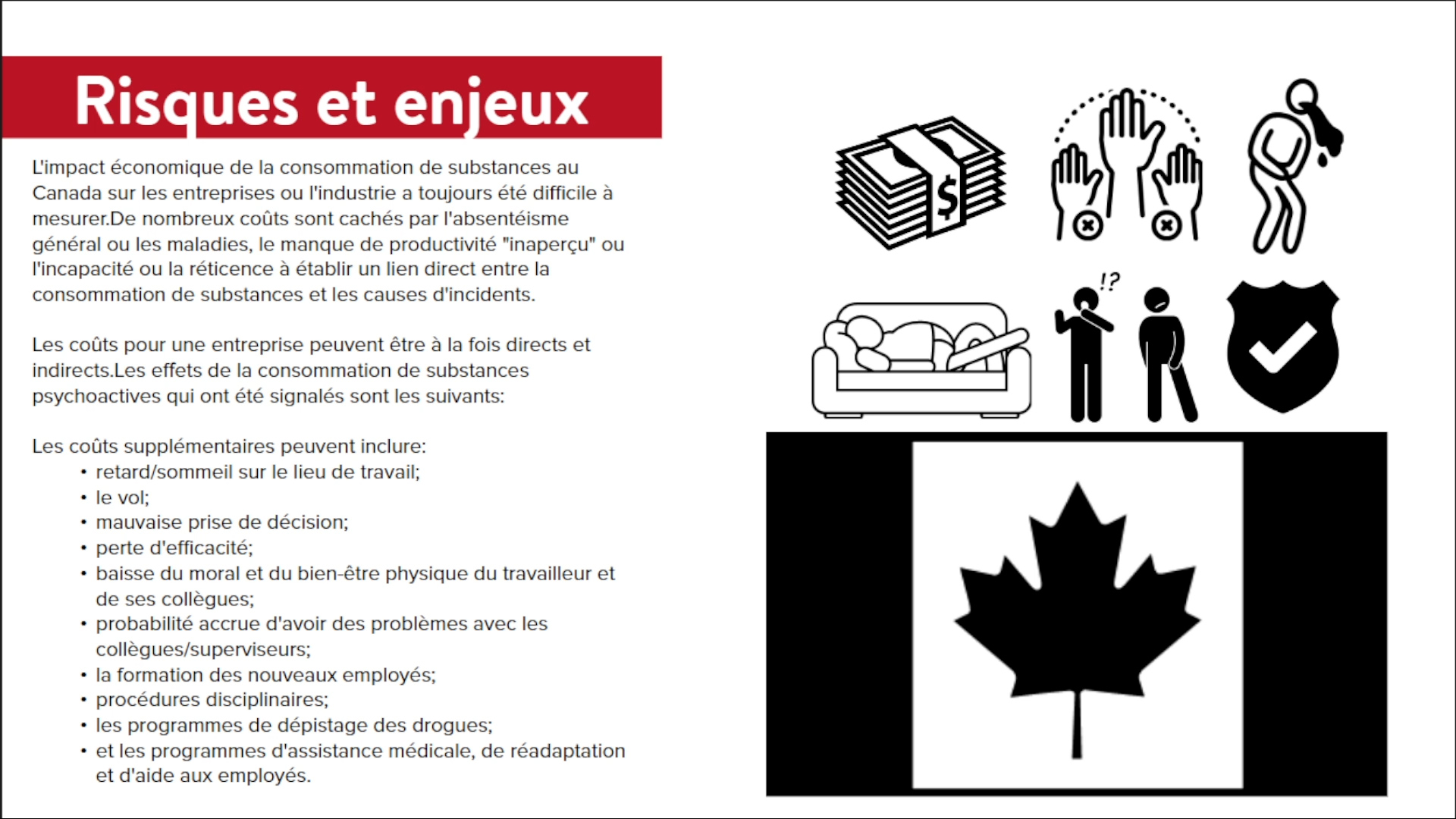
 The costs of substance abuse are high. Upon completion, the learner will be able to identify issues of substance abuse, signs and symptoms of substance abuse, best practices for internal reporting, and requirements for a Drug-Free Workplace program. (French Version)
The costs of substance abuse are high. Upon completion, the learner will be able to identify issues of substance abuse, signs and symptoms of substance abuse, best practices for internal reporting, and requirements for a Drug-Free Workplace program. (French Version) -
Sale!

 Being involved in an accident like drink driving, affects more than just yourself. It affects your family emotionally as well as financially. This quick course covers the risks of drunk driving and how to reduce your risk.
Being involved in an accident like drink driving, affects more than just yourself. It affects your family emotionally as well as financially. This quick course covers the risks of drunk driving and how to reduce your risk. -
Sale!

 Being involved in an accident like drink driving, affects more than just yourself. It affects your family emotionally as well as financially. This quick course covers the risks of drunk driving and how to reduce your risk. (Spanish Version)
Being involved in an accident like drink driving, affects more than just yourself. It affects your family emotionally as well as financially. This quick course covers the risks of drunk driving and how to reduce your risk. (Spanish Version) -
Sale!

 This quick course covers the dangers of working with silica, symptoms of silicosis and how to protect yourself from the dangers of working with silica.
This quick course covers the dangers of working with silica, symptoms of silicosis and how to protect yourself from the dangers of working with silica. -
Sale!

 This course dives into how to perfect the one-on-one meeting.
This course dives into how to perfect the one-on-one meeting. -
Sale!

 This course provides some tips & tricks to help you prepare for your review & tips to get the most out of the process.
This course provides some tips & tricks to help you prepare for your review & tips to get the most out of the process. -
Sale!


 As simple as using a ladder seems to be, the injury statistics indicate that it is one of the most abused tools we have. Studies have shown that 100% of ladder related accidents could have been prevented using proper safety.
As simple as using a ladder seems to be, the injury statistics indicate that it is one of the most abused tools we have. Studies have shown that 100% of ladder related accidents could have been prevented using proper safety. -
Sale!

 Many workers who are sick with the flu refuse to let the illness prevent them from working, thinking they can “tough it out.” So they go to work with a reduced ability to work safely and productively, and they jeopardize the health of their co-workers.
Many workers who are sick with the flu refuse to let the illness prevent them from working, thinking they can “tough it out.” So they go to work with a reduced ability to work safely and productively, and they jeopardize the health of their co-workers. -
Sale!

 This lesson will provide an overview to prepare workers for working safely with and around electricity.
This lesson will provide an overview to prepare workers for working safely with and around electricity.

